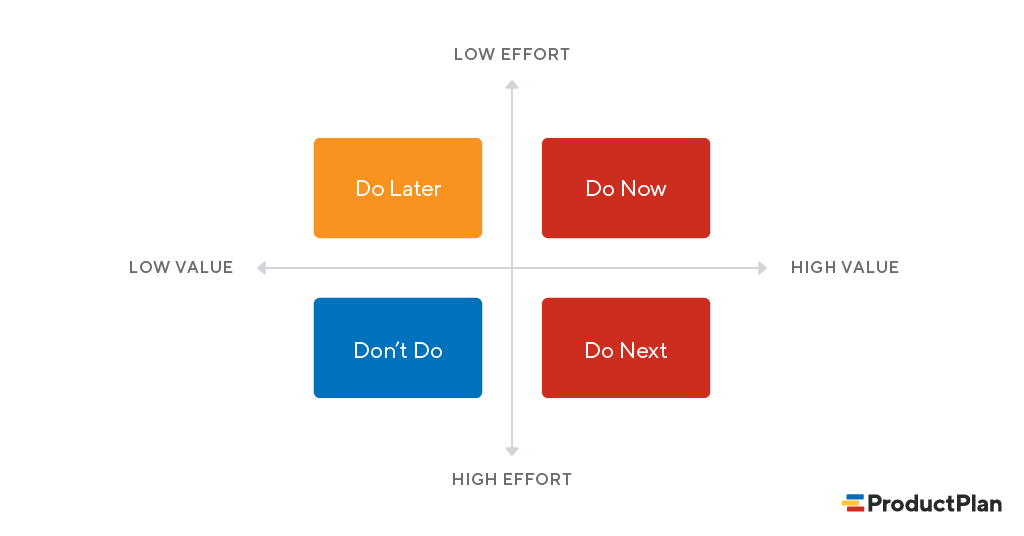
Then, you place them in the appropriate quadrant in the matrix according to the results.įeatures that have high impact but low effort and risk are the must-haves. You take each feature and rank it against these three metrics. High-risk features can break your app or cause data breaches, so you’ll need more time to secure them. Risk tells you if a feature poses a security issue. Features with high effort require more time, skills, and money to develop. The higher the impact, the more value they bring.īy definition, core features have the highest impact.Įffort measures how difficult it is to implement a feature. Impact describes the feature’s importance to the user experience and your app’s goals. You can use these to evaluate each feature to know which category they belong to.įirst, let’s talk about the three metrics. The feature priority matrix is similar to the MoSCoW matrix in that it groups features into different categories.īut the difference here is that this approach also includes three additional metrics-effort, impact, and risk. That’s where the feature priority matrix comes in.
#PRODUCT PRIORITIZATION MATRIX HOW TO#
However, it can be limited because it doesn’t tell you how to categorize them. The MoSCoW matrix provides a good guideline on the categories in which you can put your features. That means it doesn’t fulfill any purpose in the app, nor will it enhance the user experience. It just means you’re prioritizing the must-haves for your MVP and reserving the others for a future release or update.īut if a feature is categorized as will-not-have, it should be left out of the app entirely. Now, tagging features as should-have and could-have doesn’t mean you won’t implement them. In the above example, a could-have feature might be the ability to book luxury vehicles for more discerning riders. Usually, these functions enhance usability, such as visual changes to the interface. It can be very valuable in the right situation, but without it, a person can still book a ride as normal.Ī could-have feature is not paramount, but plays a role in the user experience. In the ride-hailing example above, a should-have feature might be fare splitting. They are important, but the app can still work without them. On the other hand, if a feature is very relevant, but can be delayed or worked around, it’s considered a should-have. If the answer is no, then the feature you’re dealing with is a core feature.įor example, removing the calculate time and price feature in the above list will completely break the app. Can the app still achieve its goal and solve the user’s problem? To fulfill this role, you need to implement several core features depicted below.Ī good way to gauge if a feature is a must-have or not is to try removing it from the app. Your app cannot fulfill its primary function without them, so they’re non-negotiable.įor example, the function of a ride-hailing app like Uber is to allow riders to book a ride with a driver. Must-haves are the core features of your app.

The acronym is a convenient reminder of the four categories that make up this matrix. MoSCoW stands for Must Have, Should Have, Could Have, and Will Not Have.


 0 kommentar(er)
0 kommentar(er)
